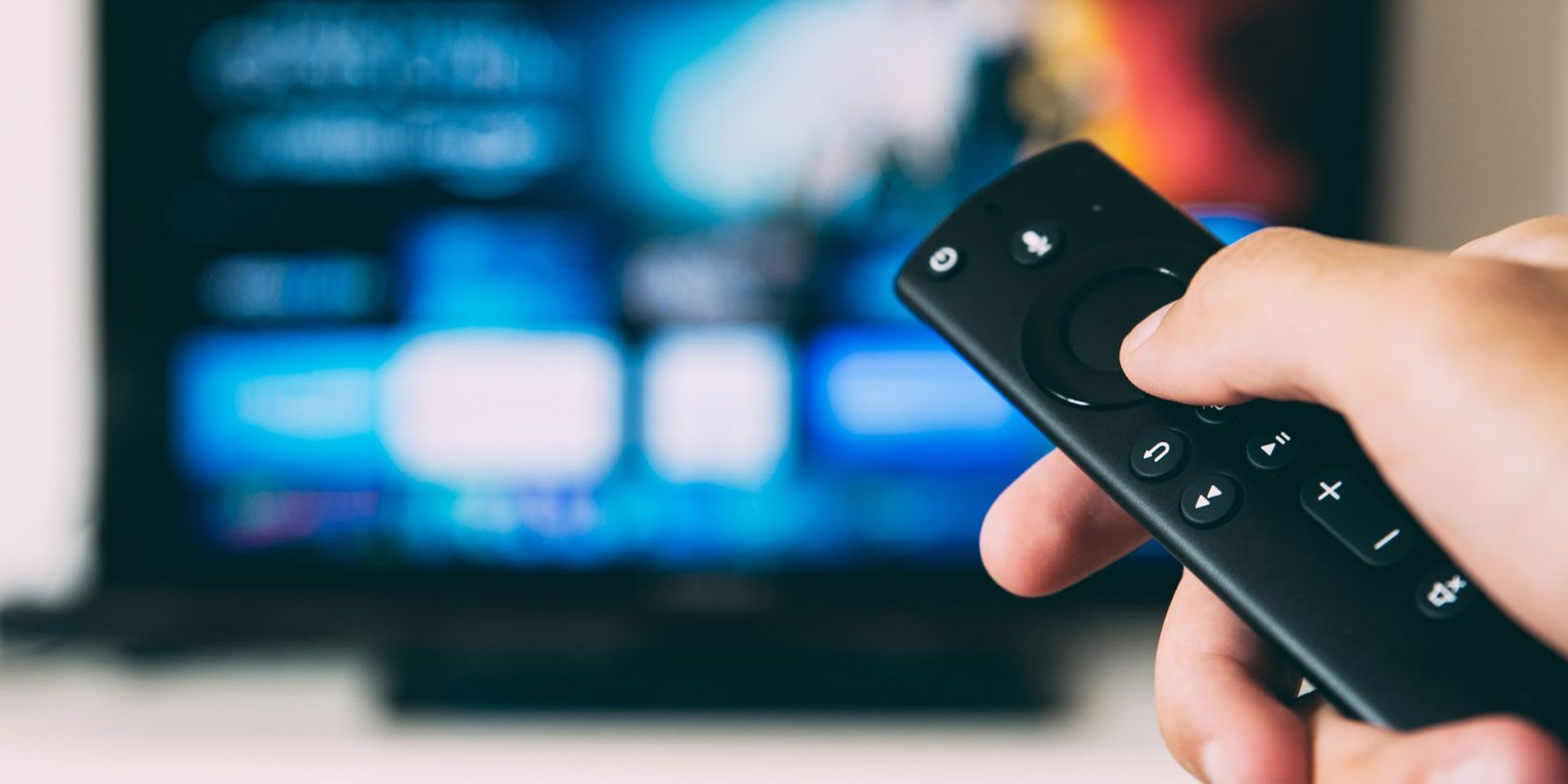Confused about the terms QLED, UHD, and OLED? These are types of displays currently available in the market.
Read on to find out how each type works, its advantages and disadvantages, and which display type is best for you.
What Is QLED?
QLED stands for Quantum-dot Light-Emitting Diode. A QLED display is just like a regular LED display, except that it uses ultrafine particles called “quantum dots” to super-charge the display’s brightness and color.
In short, displays that use QLED tech deliver better colors.
Though QLED was introduced by Sony back in 2013, Samsung now sells QLED TVs and has established a partnership with other QLED manufacturers such as Sony, Vizio, Hisense, and TCL.
Quantum dots are small particles that glow when light shines on them. They’re very tiny, smaller than even a virus! Because their size is so precisely controlled, the resulting light that they put out can also be controlled just as precisely.
They’re also very stable, which means that their effect doesn’t wear out over time, unlike LED displays which can suffer from this problem.
What Is OLED?
An organic light-emitting diode (OLED) is manufactured using a material that glows similarly to the heating element in a toaster when hit with electricity.
OLEDs are made of organic compounds. They contain a huge range of organic compounds working in conjunction, as each LED color requires a different organic compound composition.
Depending on how much electrical current each OLED pixel receives, it will produce a different light frequency. If there’s a strong current, the OLEDs will produce more light and vice versa.
An OLED display will deliver extremely dark blacks, with no blooming around the bright objects on a dark background.
According to LG, if you watch TV for six hours a day, an OLED TV’s expected lifespan should be around 22 years.
What Is UHD?
UHD isn’t a type of display technology. Rather, it stands for Ultra High Definition, which is a display resolution.
It’s a step up from Full HD, which is 1080p or 1,920 x 1,080. Ultra High Definition (UHD) quadruples it and makes it 3,840 by 2,160 resolution, which we also refer to as 4K.
QLED vs. OLED: Which Is Better?
When compared head to head, OLED comes out on top. It has deeper blacks and contrast, uses less power, better viewing angles, and a longer lifespan.
In comparison, QLEDs have higher brightness, larger screen sizes, and lower price-tags.
Who Should Use QLED?
QLED TVs are a great option for anyone looking to buy a new TV that doesn’t want to spend a lot. They provide great value for the money and have been revised and improved by Samsung for multiple years.
You can also go with a cheaper option, such as the Samsung Q60T, but it wouldn’t be the complete value that QLED technology offers.
Who Should Use OLED?
If you can spend a little more and budget isn’t a problem, OLED is the way to go. They have better viewing angles, consume less power, and come with deep blacks and better contrast compared to QLED displays.
Who Should Use UHD?
If you have at least $500 or more to spend on a TV, UHD (4K) is definitely the way to go.
With a budget like that, it’d be a bit weird if you went with anything lower than UHD. But if you don’t have enough budget for 4K UHD and need a TV right now, then you can go with a cheaper 1080p option and upgrade later.
Should You Worry About OLED Burn-ins?
No, you do not have to worry about OLED Burn-ins, as this shouldn’t be a problem for most OLED users.
Burn-in occurs if you watch channels with static images (like 24/7 news broadcast channel) for multiple hours every day and don’t change the channel now and then. But, if you change the channel regularly, OLED burn-in shouldn’t be a concern for you.
QLED vs. OLED Frequently Asked Questions
Can OLED Burn-in Be Fixed?
Yes, OLED burn-ins can be fixed. If you have an LG or a Sony panel, there should be a feature called Pixel Refresher that you can run if you notice burn-in. After running it for an hour or so, your display should be back to normal once it finishes its process.
Can OLED Be Repaired?
Yes, they can be repaired. But if your TV is out of warranty, you’ll have to pay for the repair, but it’s also important to note that the warranty typically doesn’t cover the burn-in with OLED panels. Which means you may have to pay for the repair either way.
How Much Does an OLED TV Cost to Repair?
OLED TV repairs can cost anywhere between $100 to $400 on average, but it really depends on what is broken.
Can QLED Burn-in?
Generally, OLED TVs are more prone to burn-in than QLED. While OLED manufacturers don’t always cover the burn-in issue in their warranty, many QLED TVs are covered against burn-in for 10 years.
QLED vs. OLED: Which Is Better for Gaming?
QLED TVs generally come with 2 to 8 millisecond response times, while OLED TVs are considerably faster with 0.1 millisecond response times. OLED TVs definitely are the way to go if you want to use one with a gaming PC.
What TV Size Is Best for a Living Room?
The size of the room and the distance from the screen dictates the size of the TV you need. If seated:
- Over six feet from the TV: 40-inch.
- Between six to eight feet: 50-inch screen.
- Nine feet or more: 60-inch screen.
So, Is QLED or OLED the Best Display Type?
Looking at all the advantages and disadvantages of QLED and OLED TVs, it makes the most sense to go with an OLED TV.
OLED TVs last longer than QLED. They’re more energy-efficient and produce darker blacks with great contrast levels. QLEDs, on the other hand, don’t have the burn-in problem, which shouldn’t be an issue for most OLED users either if you follow the tips shared to prevent this problem.
About The Author

